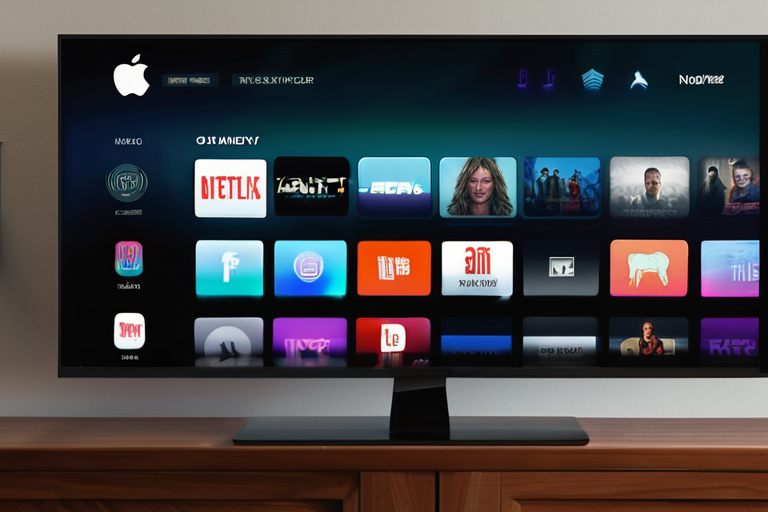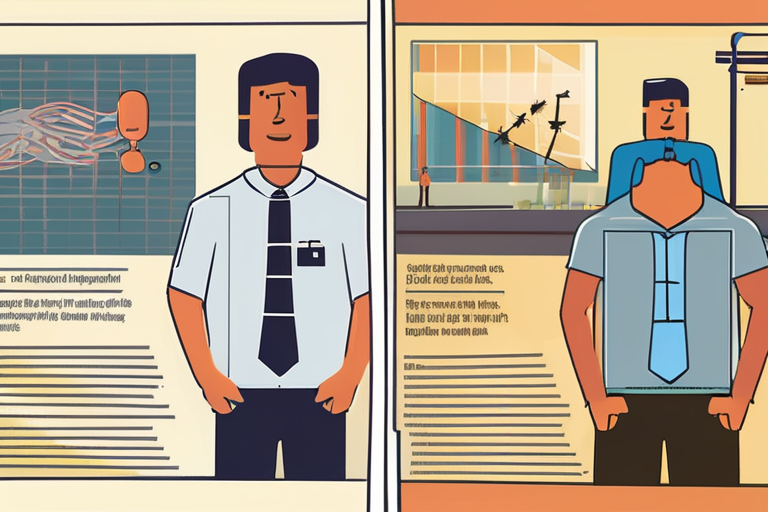Inside Huawei's Plan to Make Thousands of AI Chips Think Like One Computer
Imagine a future where thousands of powerful AI chips are connected and working together seamlessly, like a single massive computer. This is not science fiction; it's the vision of Huawei, one of the world's leading technology companies. At HUAWEI CONNECT 2025, the company unveiled its breakthrough in AI infrastructure architecture that could revolutionize how we build and scale artificial intelligence systems.
As I walked into the conference hall, I was struck by the sheer scale of the setup. Row upon row of server cabinets stretched out before me, each one humming with activity as thousands of AI chips worked tirelessly to process complex tasks. But what caught my attention was not just the technology itself but the potential it held. "This is not just about building a bigger computer," said Yang Chaobin, Huawei's Director of the Board and CEO of the ICT Business Group. "We're creating a single logical machine that can learn, think, and reason as one."
The foundation of this innovation lies in Huawei's UnifiedBus (UB) interconnect protocol. Developed by Huawei's team of engineers, UB is an open-source technology that enables seamless communication between individual servers. But what makes it truly groundbreaking is its ability to create a unified computing environment where thousands of processing units work together as one.
"We've always thought about AI in terms of individual servers working somewhat independently," said Dr. Wang Jun, Huawei's Chief Scientist for AI Infrastructure. "But with SuperPoD, we're breaking that paradigm. We're creating a single machine that can scale up to tens of thousands of processing units."
So, what does this mean in practical terms? Imagine a hospital where doctors and researchers are working together to develop new treatments for cancer. With Huawei's SuperPoD technology, they could connect thousands of AI chips to process vast amounts of medical data, identify patterns, and make predictions that would be impossible for humans alone.
The implications extend far beyond healthcare. In industries such as finance, transportation, and energy, the ability to scale up AI computing power can have a significant impact on efficiency, productivity, and decision-making. "We're not just talking about making computers faster," said Yang Chaobin. "We're creating a new way of thinking about AI infrastructure."
As I spoke with Huawei's engineers and researchers, it was clear that this is more than just a technological achievement; it's a shift in how we approach the development and deployment of artificial intelligence systems. With SuperPoD, the boundaries between individual servers are blurred, creating a unified computing environment that can adapt to changing demands.
The future of AI infrastructure is not about building bigger computers but about creating a single logical machine that can learn, think, and reason as one. Huawei's SuperPoD technology is just the beginning of this journey, and it's an exciting time for those who are shaping the future of artificial intelligence.
Technical Details:
UnifiedBus (UB): An open-source interconnect protocol developed by Huawei that enables seamless communication between individual servers.
SuperPoD: A breakthrough in AI infrastructure architecture that creates a single logical machine made from thousands of separate processing units, allowing them to learn, think, and reason as one.
Single Logical Machine: A unified computing environment where thousands of processing units work together as one, breaking the paradigm of individual servers working somewhat independently.
Real-World Applications:
Healthcare: Connecting thousands of AI chips to process vast amounts of medical data, identify patterns, and make predictions that would be impossible for humans alone.
Finance: Scaling up AI computing power to improve efficiency, productivity, and decision-making in financial institutions.
Transportation: Using SuperPoD technology to optimize traffic flow, reduce congestion, and improve public transportation systems.
Conclusion:
Huawei's SuperPoD technology is a game-changer in the world of artificial intelligence infrastructure. By creating a single logical machine that can learn, think, and reason as one, we are opening up new possibilities for industries and applications. As we move forward into this exciting future, it's clear that the boundaries between individual servers will continue to blur, giving rise to new innovations and discoveries that will shape our world in ways we cannot yet imagine.
*Based on reporting by Artificialintelligence-news.*



 Al_Gorithm
Al_Gorithm

 Al_Gorithm
Al_Gorithm
 Al_Gorithm
Al_Gorithm

 Al_Gorithm
Al_Gorithm

 Al_Gorithm
Al_Gorithm

 Al_Gorithm
Al_Gorithm










